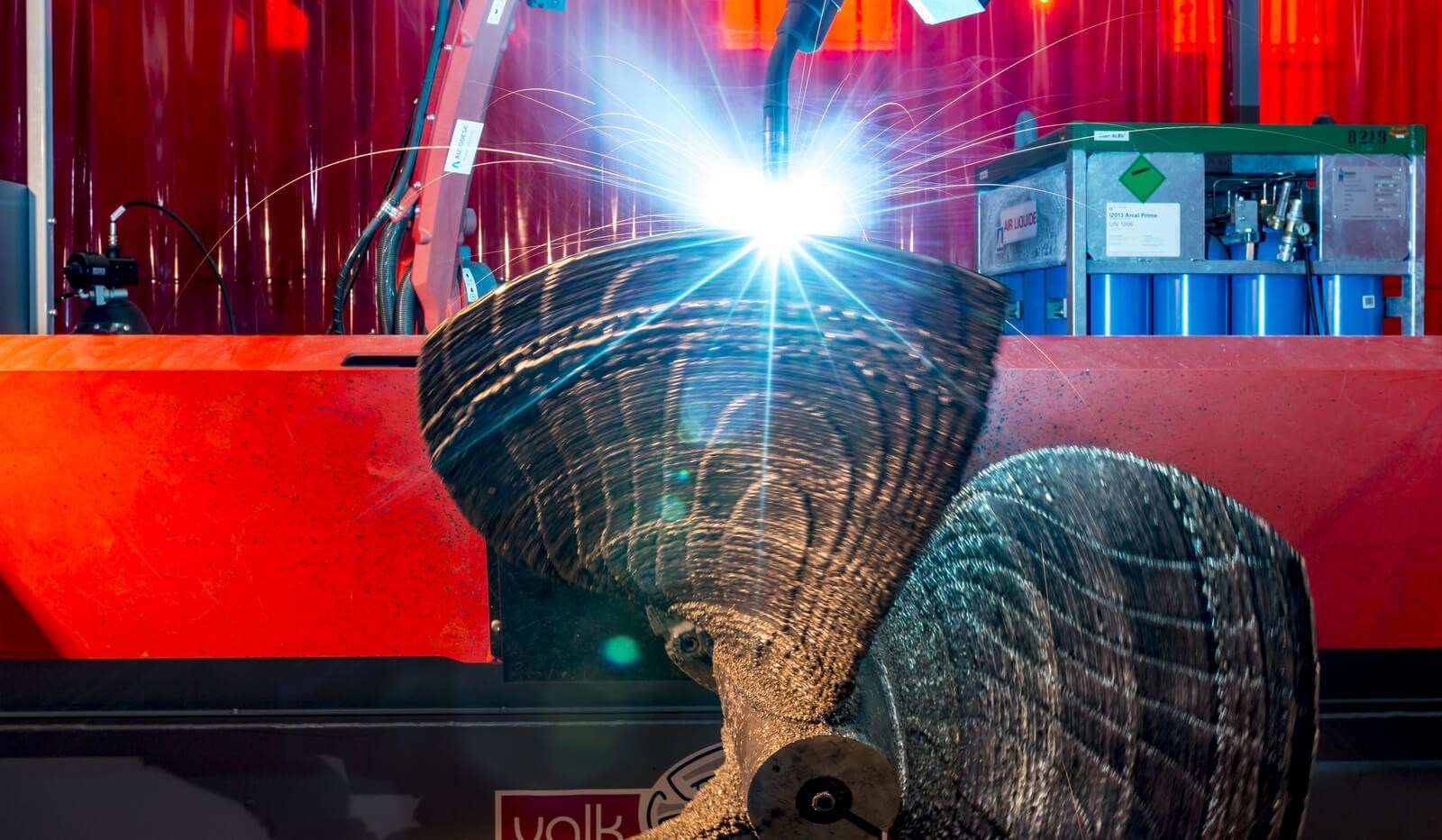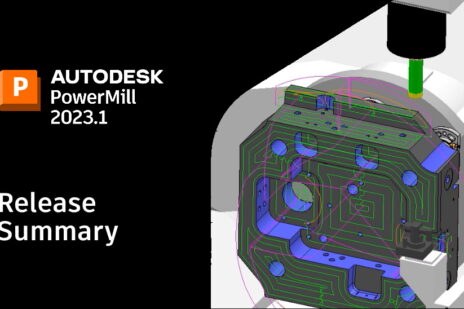
Additive manufacturing or AM for short was first developed in the 1980s. This technology is unlike traditional manufacturing as it is additive by nature, meaning that the process starts with an empty build envelope and material is subsequently added layer by layer. These layers are usually measured in microns and are deposited and melted together until the part is complete. Traditional manufacturing is a subtractive process. It starts with a chunk of material which is subsequently machined down to the final part using different tools and sometimes even different machines.
Additive manufacturing takes on many different forms, from fused deposition modeling (FDM) through to directed energy deposition (DED). Furthermore, many different materials are used in this process, such as PLA (polylactide – a low cost plastic) and Inconel, a high strength, high-temperature resistant alloy consisting of nickel and chrome.
What is metal additive manufacturing?
Metal additive manufacturing takes the form of 3D printing, which is a relatively new technology first developed in the mid-1990s. The process was known as selective laser melting (SLM). This type of technology uses a powder bed, and a laser is used to melt or fuse the particles together. Selective laser sintering (SLS) is a similar technology but instead of fusing the particles together it sinters them together, this means they are heated to the point where they bond to each other. This process results in parts that are not as strong as those produced by SLM.
Industrial applications
The number of industrial applications for metal 3D printing are somewhat specialized as additive manufacturing by its nature is not suited for long production runs of consumer products. This is due mainly to its slow manufacturing speed and its higher raw material cost. However, where metal AM truly shines is in the medical, aerospace, and high-tech manufacturing industries.
The aerospace industry makes use of metal AM to print jet and rocket engine components out of exotic alloys such as Inconel. These alloys are notoriously difficult to machine, and AM circumvents this problem.
Furthermore, the medical field is seeing a large increase in demand for customized metal parts that are designed to fit organically within a patient. In these cases, a cobalt chrome alloy is typically used.
Metal AM costing
Whenever deciding on a new manufacturing technique, cost is often one of the first considerations.
When examining the cost of a metal AM part, the main factors are the cost of the raw material and the cost of the capital equipment. The powdered metal used by most metal printers is very expensive when compared to the cost of normal bar stock material. In some cases, the powder is up to 10 times more expensive.
One of the typical materials used in metal AM is titanium. This can cost a staggering $500 per kg compared to $20 per kg for normal solid material. The reasons for this high cost is the manufacturing method which is an energy-intensive and complicated process.
The required machines are generally expensive as well. An entry level metal printer costs about $120,000 whereas an entry level CNC (Computer Numerical Control) machine capable of machining titanium can cost under $10,000. The cost of these machines has been decreasing, however it must be noted that most of the cost reductions have taken place with plastic powder printing machines, so to state an average decrease in machine cost would be misleading. Metal AM machines are still extremely pricey and far out of reach of a typical small machine shop. For that price you could get a top of the range CNC machine which will arguably be better utilized.
It is important to remember that most of the parts currently being made with metal AM machines are highly complex and specialized products for the aerospace and medical industries. These are the industries that have the budgets to purchase expensive components. For a typical machine shop, it is unlikely that you will find enough customers to justify the cost of the machine. The benefits offered by metal AM are not very relevant to typical everyday metal fabrication.
Looking forward
Metal additive manufacturing has made significant strides in the past few decades and its pace of development shows no signs of slowing down. New metal AM techniques and processes are constantly being developed and these do show a general downwards trend in cost. This indicates a trend within the metal AM field to make the technology more mainstream, but as it stands the financial barrier to entry is still insurmountable to many manufacturers.
Where does Autodesk fit?
If you already work in an industry with access to metal AM facilities, or have the investment available to get into metal AM, then Autodesk’s Fusion 360 can help. It has a very agile development process and, as such, it can easily implement new ideas into its architecture. Examples of this are its topological optimization and more recently its generative design packages. These design tools create highly customized components that are best suited to additive manufacturing. Coupled with design tools such as Netfabb, you’ll have all you need to make your mark in the metal AM industry.



Add comment
Connect with: Log in
There are no comments